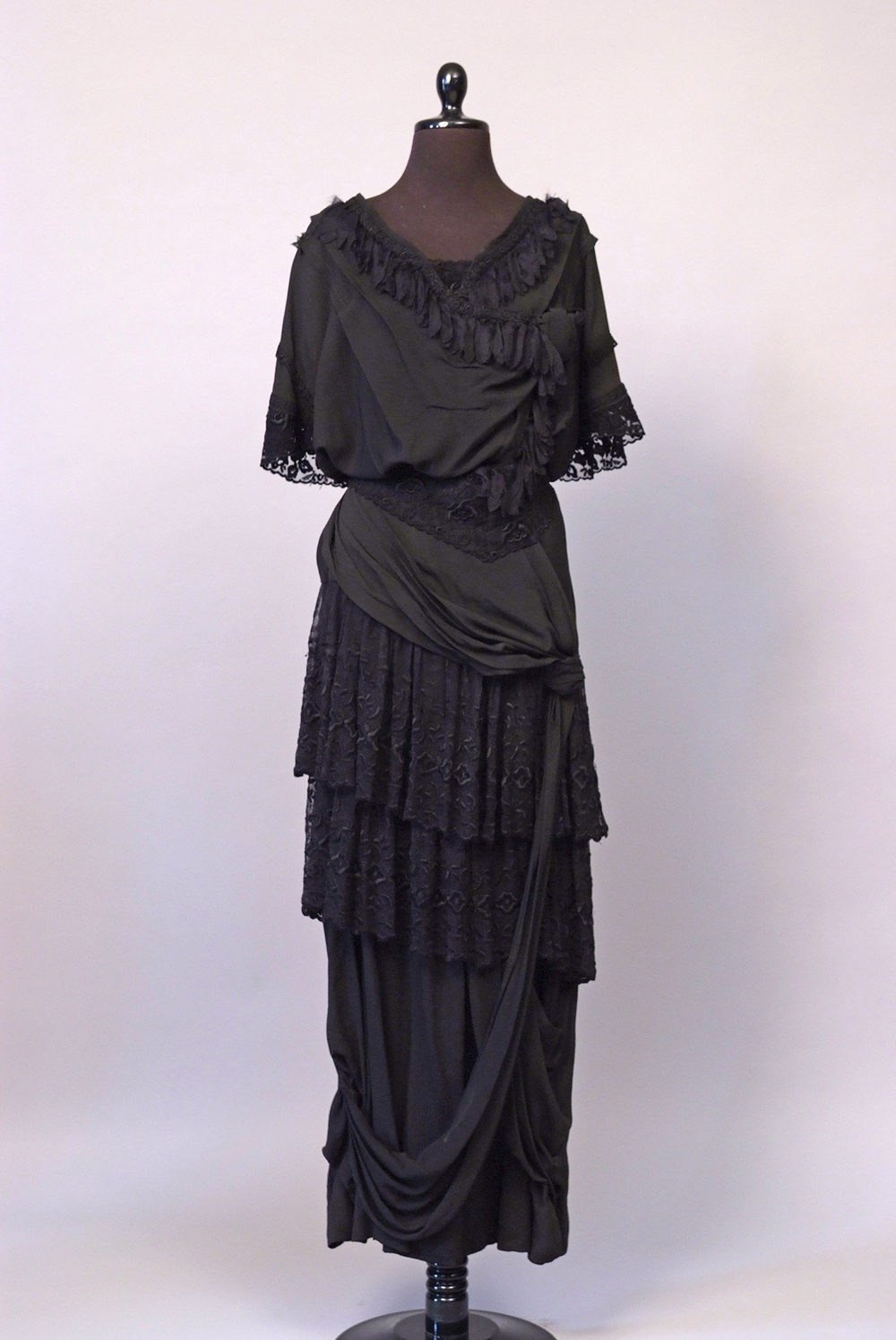
Period dress and reproduction, focusing on the major changes between 1890 and 1930, are the subjects of "Constructing History: Structures and Silhouettes," an exhibition at the Robert Hillestad Textile Gallery.
The exhibition is open through June 28. The gallery is on the second floor of the Home Economics Building.
Molly J. McPherson curated the exhibition in partial fulfillment of her thesis work in the Department of Textiles, Merchandising and Fashion Design. Donations from Leota Cahall of Wilber are the driving element in the exhibition. McPherson, working with professor Barbara Trout, identified additional garments from the Historic Costume Collection donated by Katie Best, Meg Lauerman and the former UNL Teachers College.
The exhibition also features extant garment reproductions from the period. McPherson constructed these garments to facilitate the study of structure and dressmaking techniques prominent at the time. The changes in fashion and how they relate to clothing choices made by individuals in the Midwest are highlighted. Wedding apparel, athletic wear and undergarments help illustrate these changes.
A public reception at the gallery is 6-8 p.m. May 24. The reception features a 7 p.m. talk by McPherson.
Additional programming includes a public lecture and reception on June 9, following the Friends of the Robert Hillestad Textiles Gallery annual meeting. Trout and Janice Stauffer will present "Dressing for I Do, I Do" at 2:30 p.m. in Room 11 of the Home Economics Building. The friends will host a 20th anniversary celebration on behalf of the gallery from 3:15 to 4 p.m. on the second floor.
For more information, go to http://textilegallery.unl.edu or call 402-472-2911.
— Wendy Weiss, Textiles, Merchandising and Fashion Design